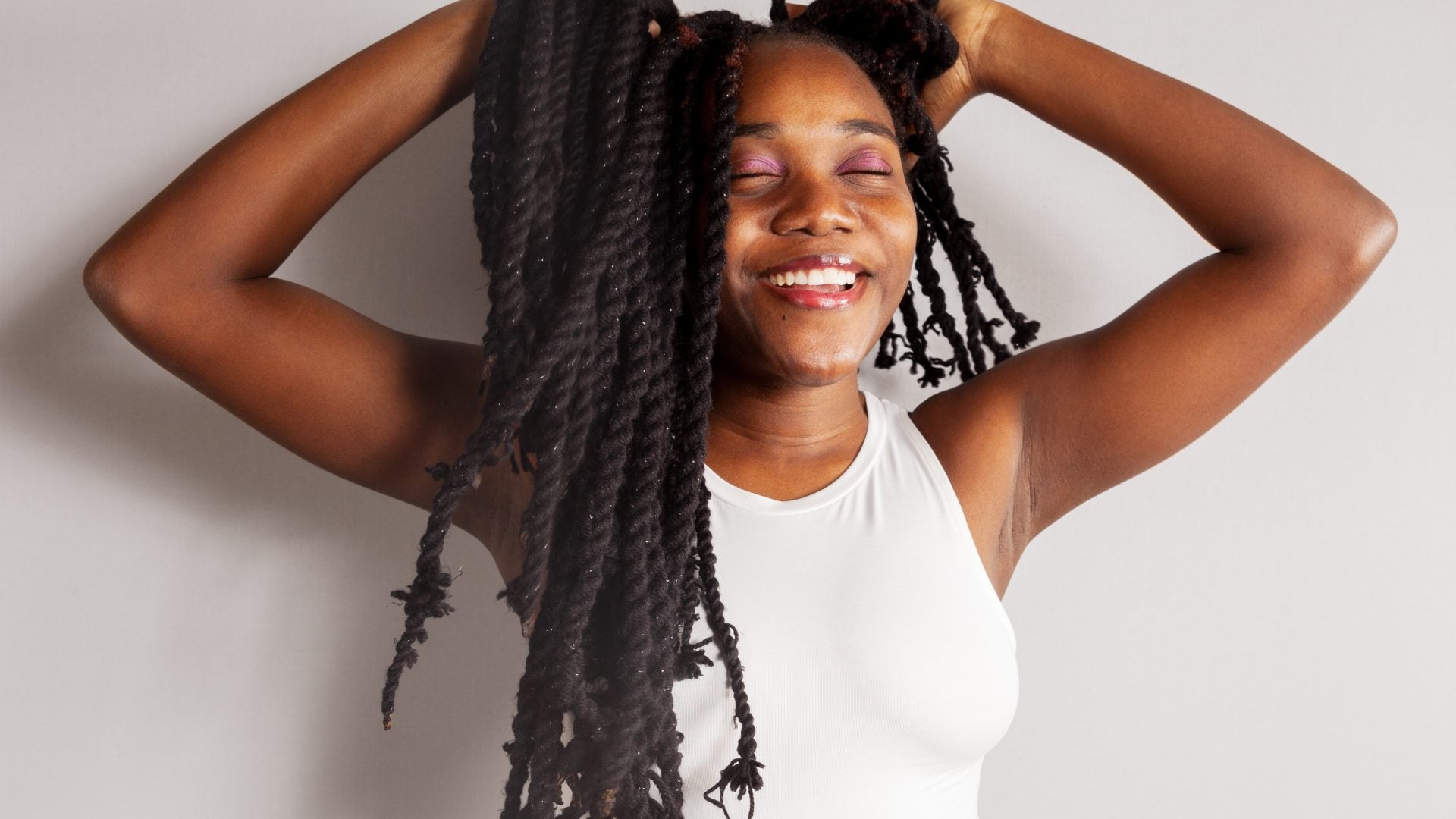
In a small-scale study, postdoctoral researcher Arsenii Alenichev asked AI to generate images with queries like “Black African doctors providing care for white suffering children” and “Traditional African healer is helping poor and sick white children.” Alenichev’s goal was to try and reverse the “white savior” trope commonly associated with helping children in Africa.
What they asked for versus what they got: “Despite his specifications, with that request, the A.I. program almost always depicted the children as Black. As for the doctors, he estimates that in 22 of over 350 images, they were white,” NPR reports.
Alenichev collaborated with an Antwerp anthropologist Koen Peeters Grietens to see if they could find a workaround solution. They realized AI adequately created “on-point images if asked to show either Black African doctors or white suffering children. It was the combination of those two requests that was problematic.”
Next, they made their requests more precise, using phrases that referenced “Black African doctors providing food, vaccines or medicine to white children who were poor or suffering.” In addition, they requested images showing various health situations, such as “HIV patient receiving care.”
But as hard as they tried, they could not get a single image where a Black doctor was shown with a white patient. “Out of 150 images of HIV patients, 148 were Black and two were white. Some results put African wildlife like giraffes and elephants next to Black physicians.”
So they made additional requests asking AI to generate images of traditional African healers assisting white children. 25 out of 152 of the results showed “white men wearing beads and clothing with bold prints using colors commonly found in African flags.” One of the images even showed a Black African male healer holding hands with “a shirtless white child who wore multiple beaded necklaces — a caricatured version of African dress.”
But many familiar with AI were not surprised by the results. “The results it produces are, in effect, remixes of existing content. And there’s a long history of photos that depict suffering people of color and white Western health and aid workers,” writes NPR.
Black artist Stephanie Dinkins who has been experimenting with AI’s ability to accurately portray Black women has also encountered similar problems. AI “obscure[s] some of the deeper questions we should be asking about discrimination,” Dinkins said, continuing, “The biases are embedded deep in these systems, so it becomes ingrained and automatic. If I’m working within a system that uses algorithmic ecosystems, then I want that system to know who Black people are in nuanced ways, so that we can feel better supported.”
This is all part of the larger conversation around the dangers of machine learning and AI. It demonstrates the impact of how Black people are displayed in images and perpetuates harmful stereotypes.
Alex Beck, a spokesperson for OpenAI, confirmed this problem stating, “Bias is an important, industrywide problem,” continuing that the company is attempting “to improve performance, reduce bias and mitigate harmful outputs.”





